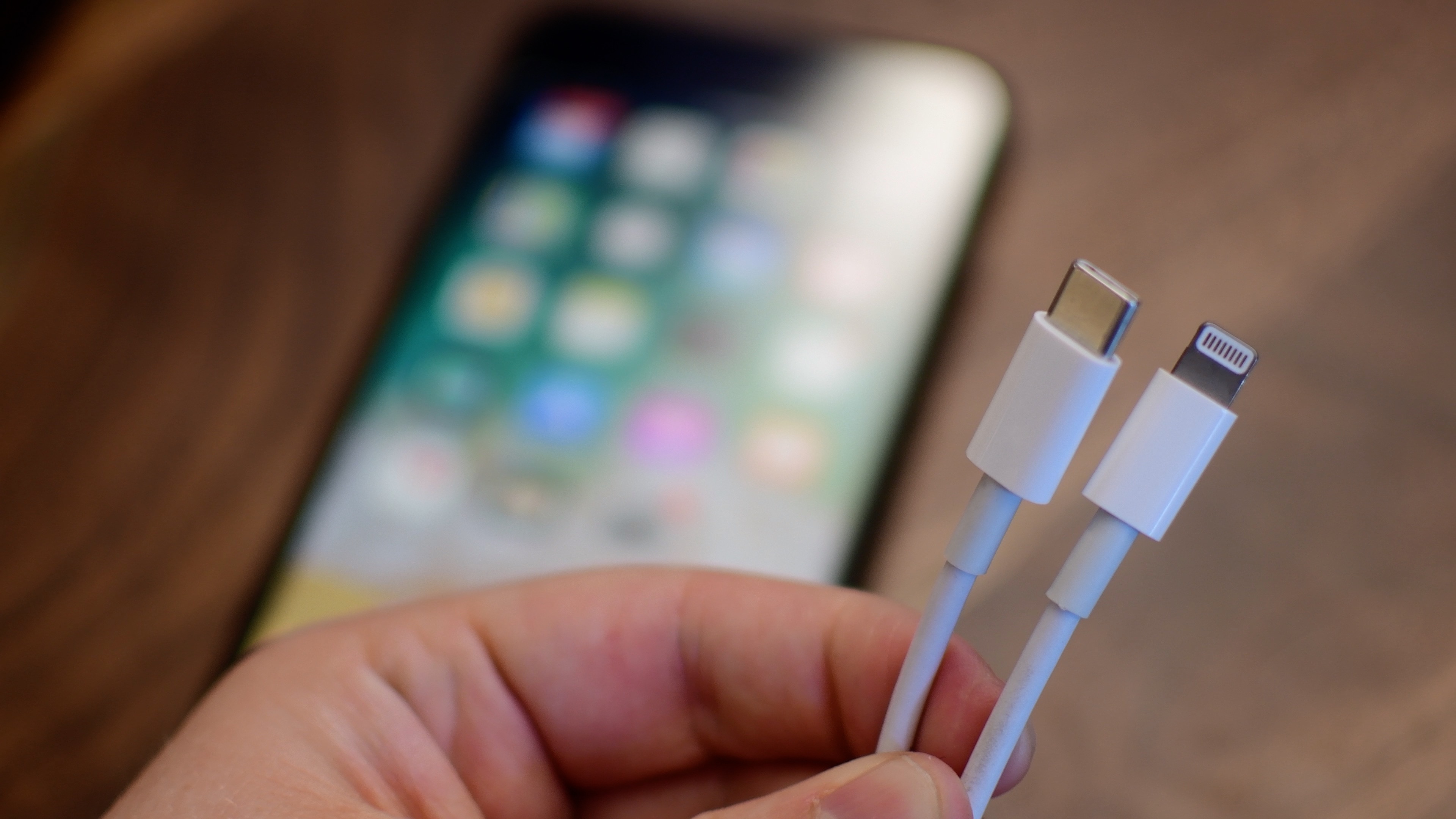New EU rules may force Apple to drop its proprietary Lightning connector and adopt USB-C charging for its iPhone, AirPods and other products by late 2024.

- The EU has officially adopted USB-C as a common charging standard for all new small and mid-sized devices sold beginning in fall 2024.
- No chatting: Manufactures of consumer electronics must adopt USB-C charging or face hefty fines. No adaptors allowed!
- The USB-C Power Delivery fast-charging technology will need to be harmonized to further allow for charger-device compatibility.
A USB-C iPhone could soon be a reality
On June 7, 2022, the EU’s Internal Market and Consumer Protection Committee officially agreed on new legislation that will require consumer electronics makers to adopt USB-C as a common charger by fall 2024. As a result, the iPhone 16 models launching in fall 2024 should adopt USB-C. Reliable Apple analyst Ming-Chi Kuo has said that the first iPhone equipped with USB-C instead of Lightning will arrive in 2023. Apple could also create a USB-C version of the iPhone for sale in the EU.
A single charging solution for consumer electronics is meant to reduce electronic waste and simplify people’s lives. For now, it only concerns products sold within the European Union. But make no mistake about it, US lawmakers are watching how this situation will unfold. Read: The best USB-C hubs for Macs
“The charging speed is also harmonized for devices that support fast charging, allowing users to charge their devices at the same speed with any compatible charger,” reads the announcement. All mobile phones, tablets and cameras sold in the European Union starting in the fall of 2024 will need to use USB-C charging. Apple has already adopted USB-C charging across all but one iPad model. But Apple’s best-selling product—the iPhone—continues to use Lightning.
One charging cable to rule them all
According to a press release on the European Parliament website:
Under the new rules, consumers will no longer need a different charging device and cable every time they purchase a new device and can use one single charger for all of their small and medium-sized portable electronic devices.
This decision concerns the following types of consumer electronics:
- Digital cameras
- Earphones
- E-readers
- Handheld videogame consoles
- Headphones
- Headsets
- Keyboards
- Laptops
- Mice
- Mobile phones
- Portable speakers
- Portable navigation devices
- Tablets
The Commission has generously decided to give notebook manufacturers 40 months after the new rules go into effect to adapt to the latest requirements.
Buying new devices with or without chargers
So starting in fall 2024, buyers will be able to choose whether to purchase a new device with or without a charger. This is exactly what Apple is doing now as the company unbundled the sale of chargers from the sale of the iPhone a few years back. The new requirement prohibits tricks like providing adapters in boxes.
To help folks make informed purchasing decisions, manufacturers will need to provide clear information on the charging characteristics of their devices. The hope here is that doing so would help shoppers to verify whether their existing chargers are compatible before making the purchase. Eventually, the European Commission will also turn its attention to the interoperability of wireless charging solutions.
Apple’s rocky transition from Lightning to USB-C
Lightning debuted as a replacement for the 30-pin connector nearly a decade ago. Suspecting the day would come when legislators will fix the current mess with multiple incompatible charging solutions, Apple’s been preparing for such an eventuality for years. Back in 2018, the iPad Pro became the first model to ship with a USB-C port instead of a Lightning one. Since then, Apple’s transitioned the iPad Air and the iPad mini from Lightning to USB-C, leaving only the budget $329 iPad as the lone holdout. The Apple Watch charger now also uses USB-C, but the phenomenally popular AirPods still utilize Lightning for their charging case. Apple’s notebooks began picking up USB-C ports back in 2015. Read: 15 tips for macOS beginners